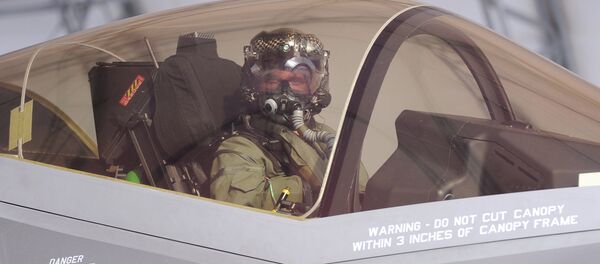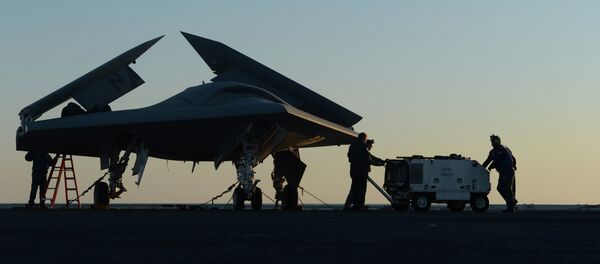“Ongoing debate about whether the primary role of the UCLASS system should be mainly surveillance with limited strike or mainly strike with limited surveillance has delayed the program,” GAO said.
“Requirements emphasizing a strike role with limited surveillance could be more demanding and costly.”
Estimates of when several milestones, including the decision of which defense contractor will build the system and the date of first flight, have been delayed from two-to-four years.
The Navy will ultimately decide which UCLASS to develop in accordance with surveillance, endurance and strike capabilities as well as priorities given the budget environment.
GAO said that the US Congress, Department of Defense and the Navy should decide on what features the UCLASS will possess before moving forward and develop a business plan to execute development. Otherwise, the Navy risks wasting time and resources in the development of the advanced carrier drone.
“The knowledge the Navy has obtained about the resources needed to develop the UCLASS system may no longer be applicable depending on what requirements are finally chosen,” GAO said.
“If the final UCLASS requirements emphasize a strike role with limited surveillance, the Navy will likely need to revisit its understanding of available resources in the areas of design knowledge, funding, and technologies before awarding an air system development contract.”
US defense hawks such as Senator John McCain have argued that the UCLASS should have intelligence, surveillance and strike capability, but under the present funding environment it is uncertain whether the budget is there for such an advanced drone with multiple capabilities.





